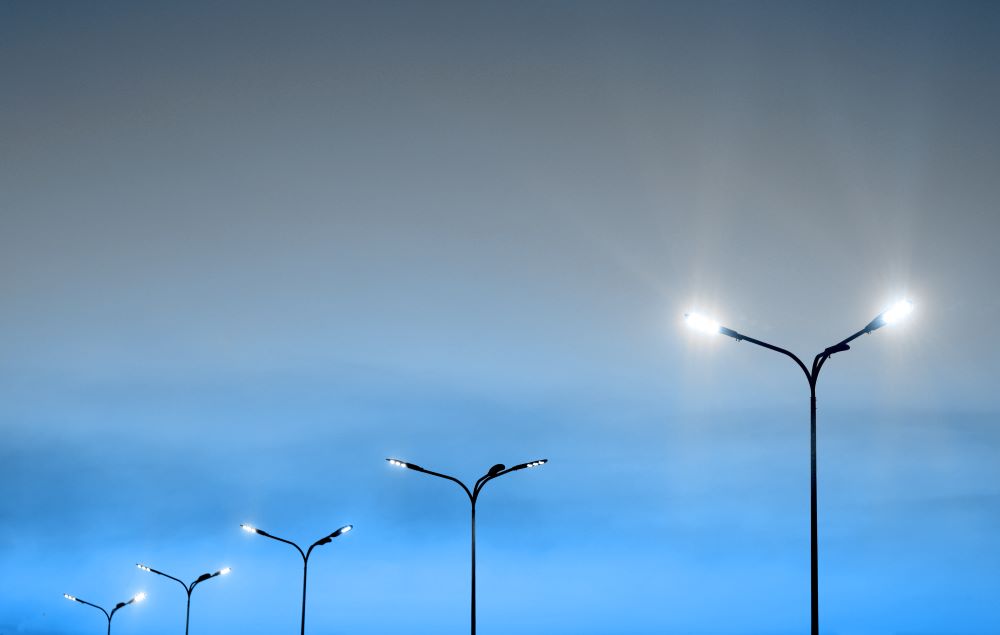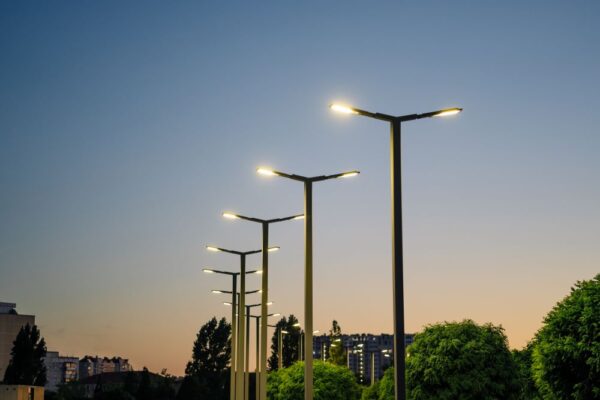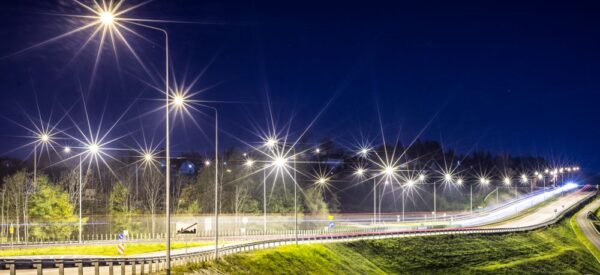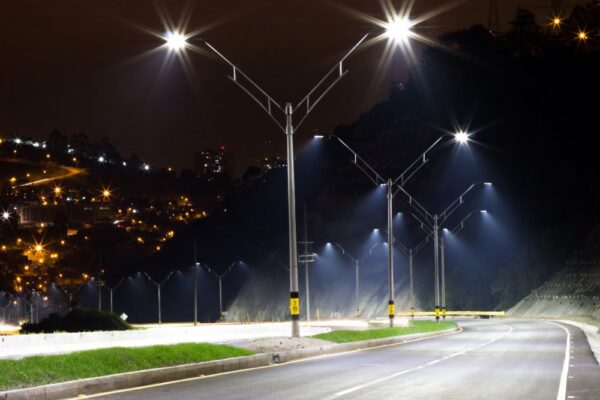A recent study published by the American Medical Association (AMA) might have dimmed the ardor of municipalities that have been considering retrofitting their street lighting to LED systems. The AMA has specifically cautioned that because of their brightness, LED lights create more glare that leads to eyestrain and fatigue. Further, the Association has cautioned that the preponderance of blue-wavelength light in some LED systems has a potential to disrupt individual circadian rhythms, which can lead to sleep disorders. The AMA’s concerns are legitimate, yet they are also readily addressed and managed with next-generation LED street lighting. By Adjusting Street Lighting this can help with preventing health concerns.
Both of the AMA’s concerns are a function of the color rendering index (CRI) and coordinated color temperature of LED lights. The first generations of those lights were noticeably brighter and harsher than their incandescent and CFL counterparts. Lighting that generates a “warmer” feel has a preponderance of orange- and yellow-wavelength light, while a colder feel is created by blue-wavelengths. (Somewhat confusingly, colder lighting has a higher coordinated color temperature than warmer lighting.) LED manufacturers pushed their products toward a higher temperature in order to generate higher-CRI illumination, which renders colors in objects more accurately than low-CRI lighting.
Lighting engineers have addressed the AMA’s objections with their next generation of LED street lighting. For example, SpecGrade LED, a leading designer and manufacturer of industrial and commercial LED illumination systems, has developed dimpled optics for its fixtures that diffuse bright lighting. SpecGrade also manufactures custom diffusers and frosted lenses to further dampen any excess brightness in its street lighting fixtures. These features reduce glare while maintaining optimal illumination for streets and roadway safety. Further, while older LED systems might have caused headaches due to light flicker, newer systems have eliminated flicker problems with advanced engineering and control technology.
The AMA’s second objection specifically notes that the predominant blue-wavelength lighting in many LED systems can keep people awake. Sleep specialists have long recognized that blue-wavelength lighting suppresses the natural production of melatonin, which is the natural hormone that helps people to fall asleep. Those specialists have relied on this aspect of LED lighting to treat patients who suffer from seasonal affective disorder or other ailments that impair their wakefulness and moods during daylight hours.
Engineers have responded to the AMA’s second concern with newer LED lighting with phosphor compound coating, dimmers, and advanced lighting drivers that limit and control the quantity and quality of blue wavelength light emitted by LED fixtures. Adjusting Street Lighting Dimmers and advanced drivers give municipalities unprecedented control over street lighting. Unlike traditional metal halide or high pressure sodium street lights, LED lights come to full illumination almost immediately after they are powered up. LED engineers use this feature to design street lighting systems that respond to foot or vehicle traffic. When traffic is higher, the street lighting system can respond immediately by coming to brighter illumination. As traffic falls during later evening hours, the street lighting will automatically dim to minimize any excess blue-wavelength lighting that might harm an individual’s sleep rhythms.
The LED lighting industry has addressed both the AMA’s immediate concerns as well as other environmental and economic issues that street lighting might bring to the forefront. Municipalities that are concerned over light pollution, for example, can use the better directionality of LED street lighting to better direct outdoor lighting to roads and footpaths that need lighting and away from residences that might be affected by excess outdoor light. LED fixtures also incorporate no hazardous materials that might harm the environment or require special waste handling permits when they reach the ends of their useful lives. Finally, LED lighting places a lower draw on electrical power grids, and the operation of LED fixtures carries a proportionately lower carbon footprint with lower emissions that can harm a person’s health.








